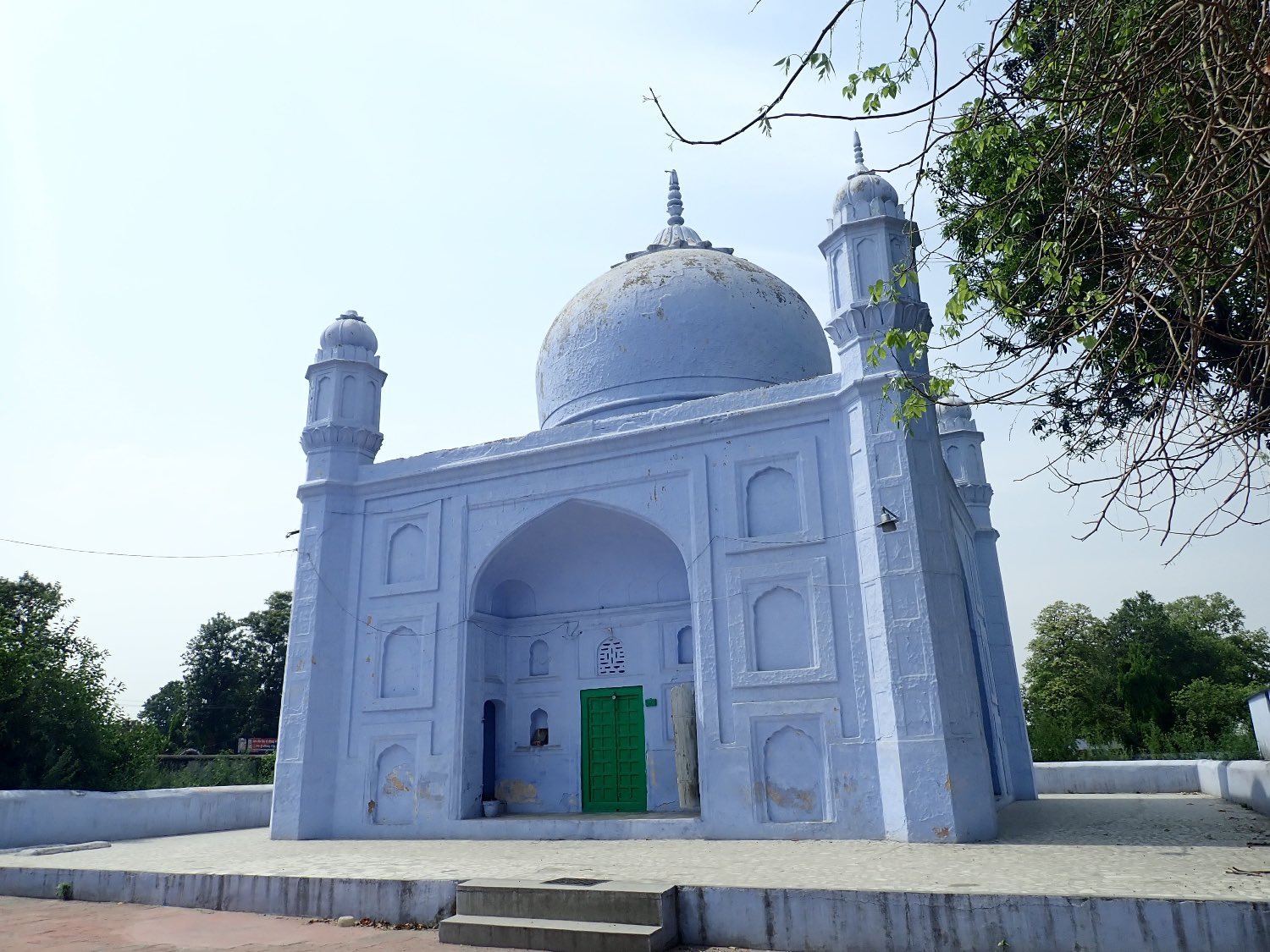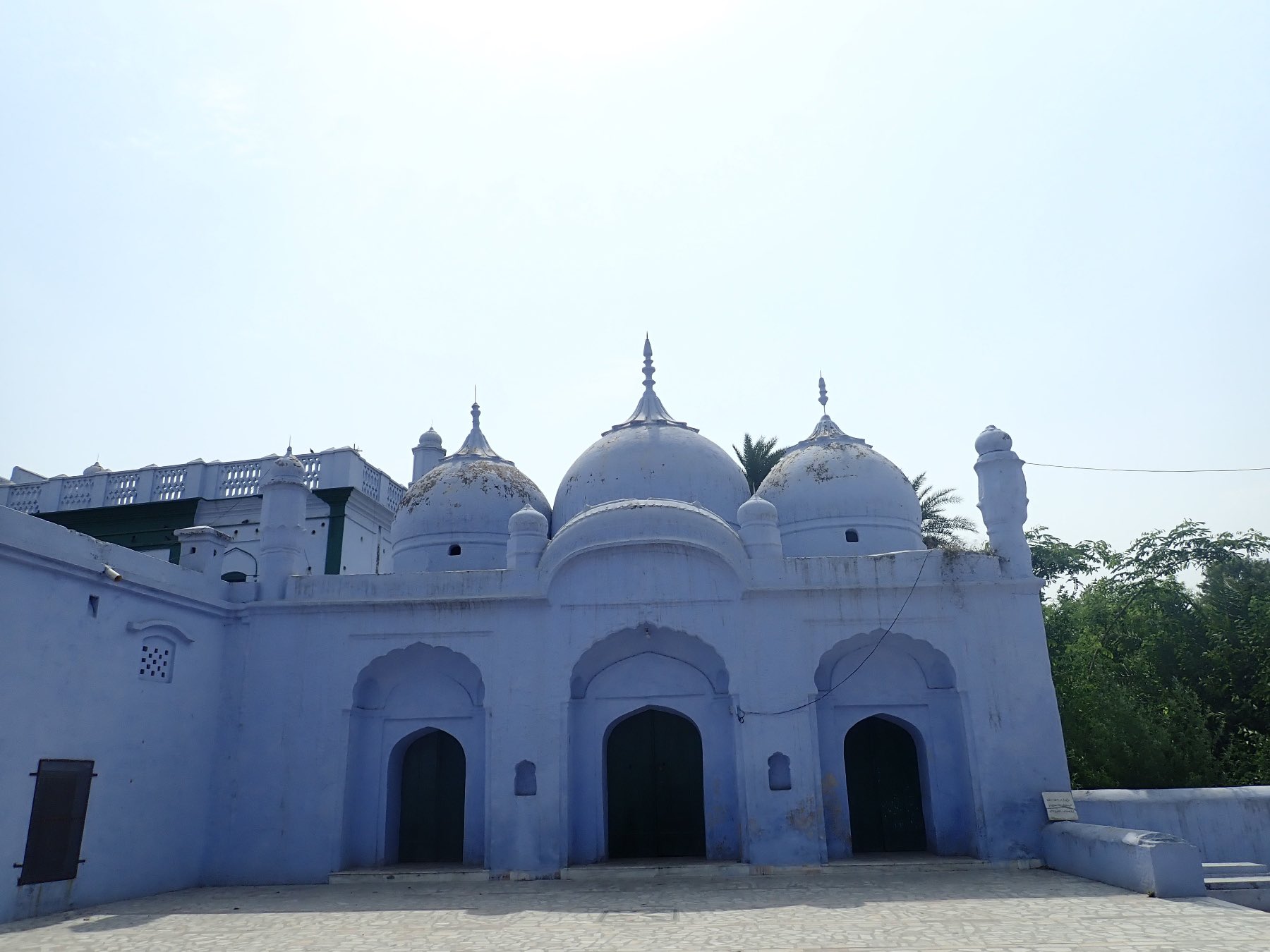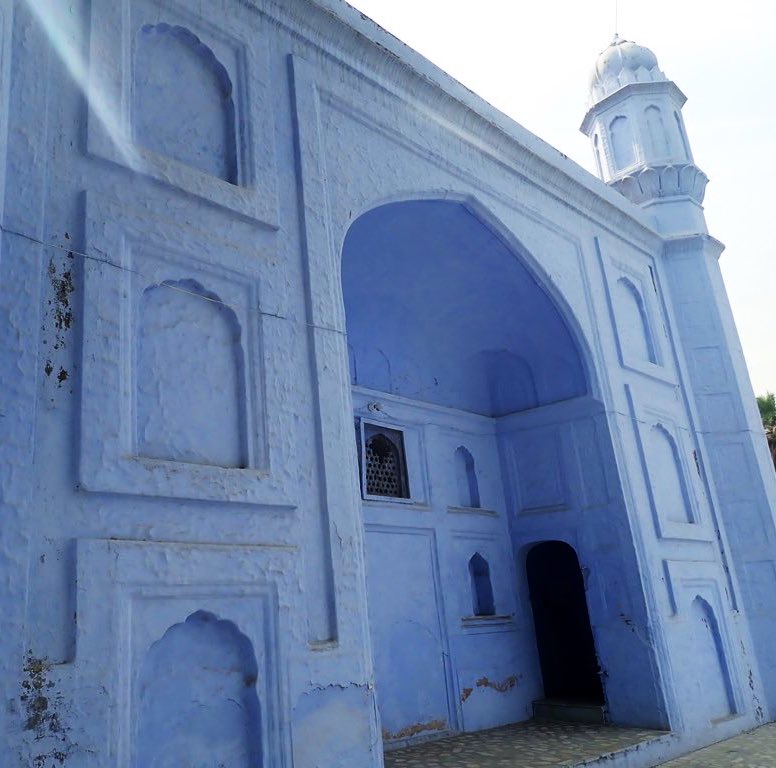


The Tomb of Khwaja Muhammad Zubair, located in Sirhind, Fatehgarh Sahib, is a site steeped in spiritual significance and historical value. Khwaja Muhammad Zubair was the grandson of the revered Sufi saint Khwaja Muhammad Naqshband, and his legacy continues to inspire followers of the Naqshbandi Sufi order. Khwaja Muhammad Zubair passed away on 4th Zial-Qa'da 1153 AH (1740-41 AD), and to honor his memory, his tomb was constructed within the concise span of two months. Despite the brevity of its construction period, the tomb is a testament to the craftsmanship and devotion of the builders. Architecturally, the tomb is a simple yet serene structure, embodying the spiritual essence of the Sufi traditions it represents. The Rauza Sharif complex consists of two buildings: a tomb and a mosque. Khwaja Muhammad Zubair's mausoleum is built on an elevated plinth that is accessed by stairs. It has a square floor layout and is a one-story building. The building's four octagonal-shaped minarets and globular dome make up the construction. A circular drum serves as support for the dome, and an inverted lotus with a finial atop serves as its crown. A ribbed dome with a finial on top and petalled ornamentation at its base above the minaret. The building features a pointed arch with lateral niches. Within a rectangular frame, the niches feature multi-foliated arches. The building has undergone renovations and a whitewash. The site serves as a quiet place for reflection and prayer, attracting both devotees and tourists alike who wish to connect with the region's rich Sufi heritage.